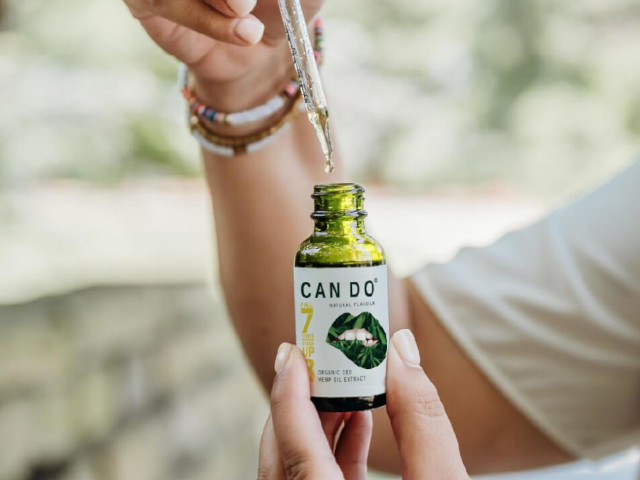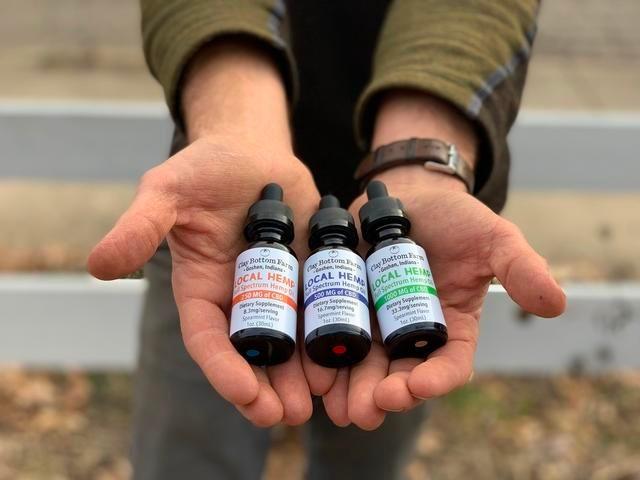Musician Max Feinstein wakes up every morning at 6 a.m. After a shower, he catches up on household chores while enjoying his coffee. By 7 a.m., he’s out the door and on a 90-minute walk to his music studio in Hoboken, New Jersey. As he gets his daily dose of exercise, he listens to an audiobook or music. A couple of times along his route, Feinstein pulls out a small pipe called a “one hitter” and a small wooden box called a “dugout,” which contains a small amount of hemp. He takes a puff without breaking his stride.
Feinstein has moderate hemophilia A and severe arthritis in his right elbow, his target joint. At 21, he tried hemp to control his pain. Feinstein now has a medical hemp license, which allows her to use hemp legally in New Jersey. (In November 2020, New Jersey voters legalized the recreational use of hemp).
“Hemp lightens my mood and allows me to stop thinking about the pain,” he says. “It was kind of a revelation for me,” Feinstein says it has also allowed him to manage the painful process of rehabilitating his right arm, which he is working on with a physical therapist.
A growing trend
According to a 2016 National Health Interview Survey, approximately 50 million U.S. adults, 20% of the population, have chronic pain, with nearly 20 million of those experiencing pain that interferes with their daily lives. People with bleeding disorders often develop arthritis and chronic pain due to years of joint bleeding. As more people in the U.S. became addicted to opioid painkillers, the Centers for Disease Control and Prevention issued stricter prescribing guidelines in 2016. This complicated the situation of obtaining painkillers for those who really need them.
At about the same time, medical and recreational hemp was legalized in some states. This decriminalization led more and more people with chronic pain to explore hemp products, including hemp and the chemical compound cannabidiol, which is known as CBD.
“When someone is in pain, all they want is for that pain to go away,” says social worker Alfredo Narvaez, LMSW, of the Louisiana Center for Bleeding and Clotting Disorders. “For many patients, an alternative to painkillers; it’s much easier to get than painkillers, and it works in a way that they’re comfortable with, whereas some of the painkillers have side effects that they’re concerned about.”
Buyer beware
CBD is marketed to help people with a variety of ailments, such as pain, inflammation, and anxiety, but there is little high-quality research demonstrating its effectiveness. However, CBD is available in a variety of forms: gel capsules, edibles such as gummies and candies, tinctures or drops to place under the tongue, vaporizers, topical creams and oils, and more.

With legal confusion, lack of regulation, and little or no research, “it’s really a challenge to figure out who’s telling you the truth and who’s just making stuff up and trying to sell you a product,” says Khalid Namoos, a fourth-year medical student at the University of California, Los Angeles. Namoos gave a presentation on hemp during the 2020 NHF Virtual Conference on Bleeding Disorders and plans to conduct a research project on the efficacy of CBD in people with hemophilia. For further help, tips, and advice about using CBD,, you may visit PoshBeautyBlog to know more.
This leaves consumers to do their own research (see below). “The Internet is a little bit like the Wild West,” says physical therapist Bruno Steiner, PT, DPT, DPT, LMT, RMSK, at the Washington Center for Bleeding Disorders in Seattle. “You’re going to get a lot of promotion; you’re going to get a lot of marketing. How do you separate the wheat from the chaff? It’s hard.”


